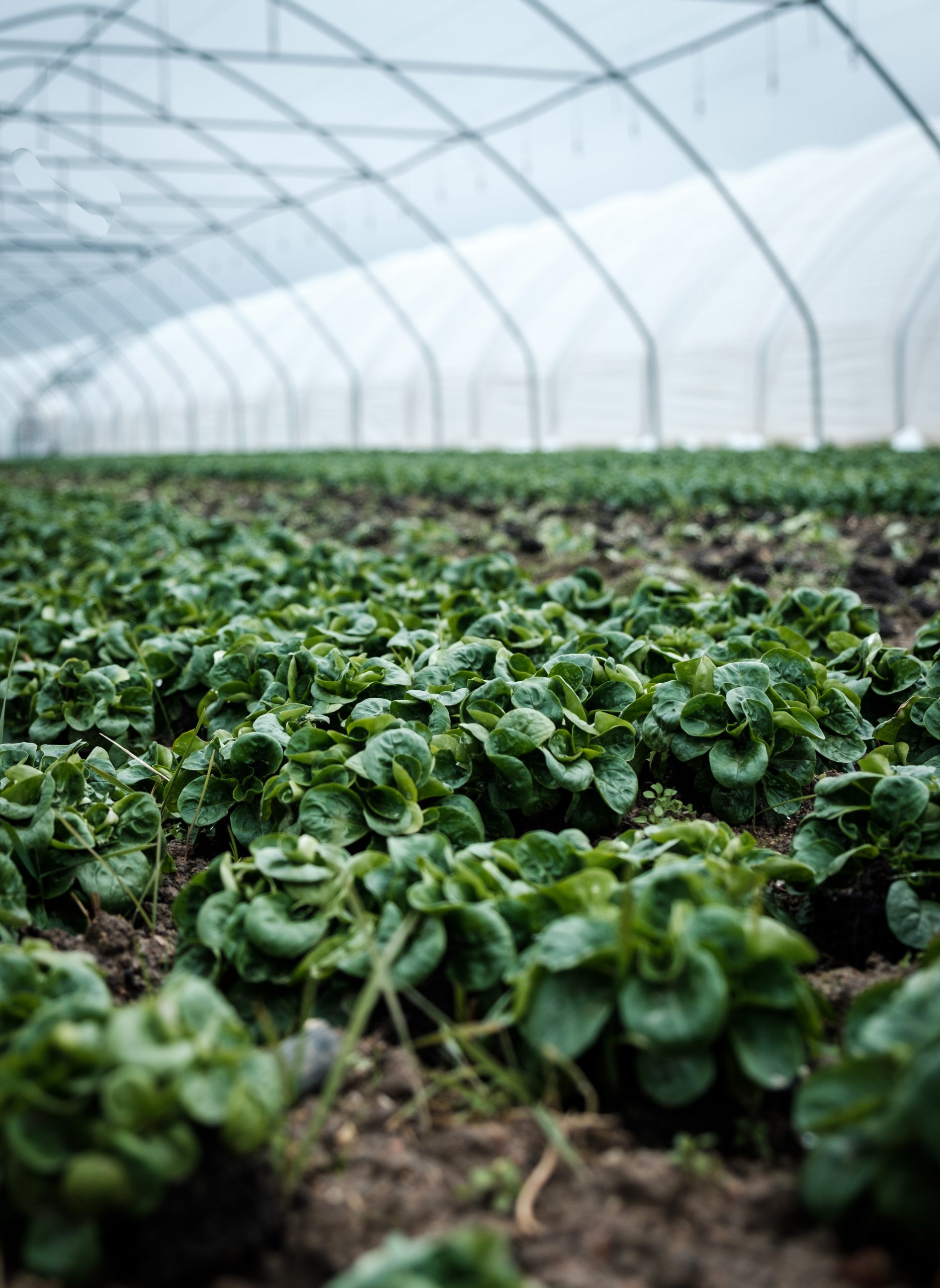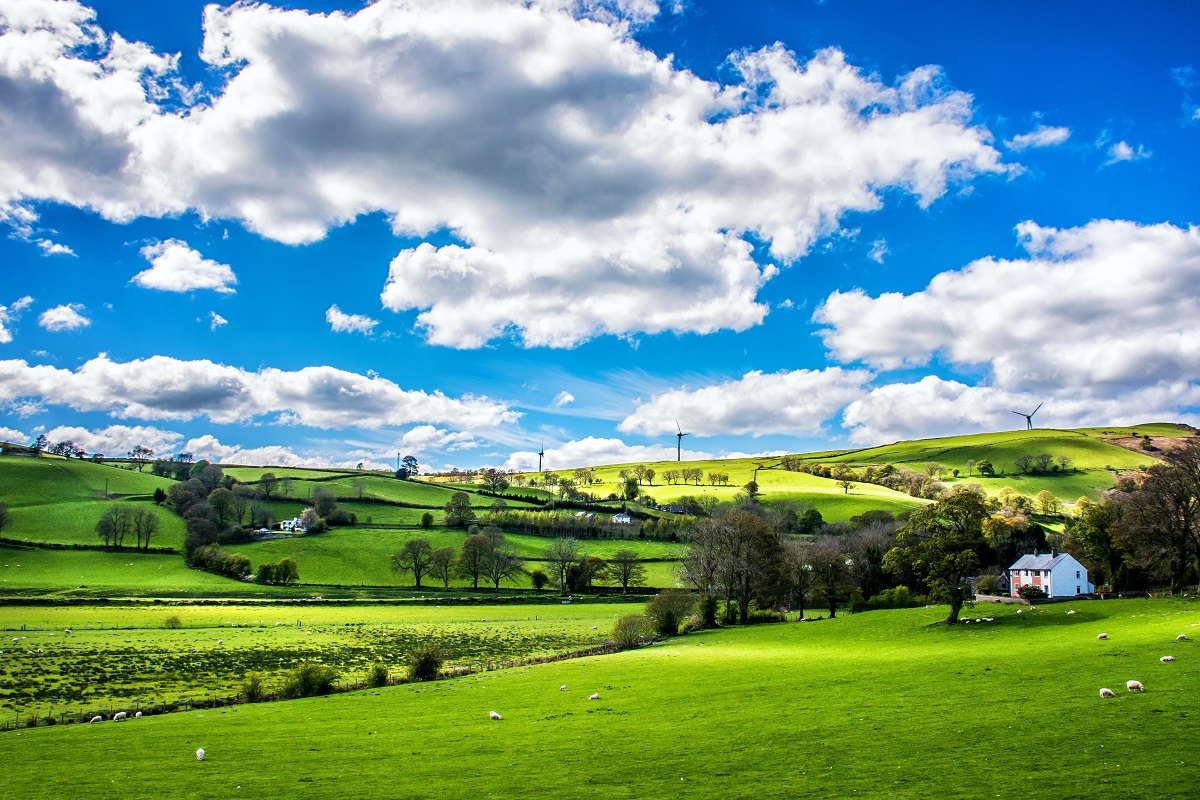From growers and producers to processors and retailers, every element of today’s food and agricultural supply chain is undergoing a huge transformation.
Across the sector, businesses are facing increasing pressure from consumers and policy makers to be more integrated, transparent and sustainable, producing food that’s safe, environmentally friendly, and offers value for money.
It’s a change in dynamics which is undoubtedly creating challenges, but it’s also creating opportunities for innovation and evolving relationships across the supply chain, too — thanks, significantly, to data.
The value of data on farm
When the UK’s National Food Strategy was launched in June, it stressed the importance of using data to help tackle the environmental, health and supply issues the UK is grappling with.
In its recommendations to government, it outlined plans for a £1.03bn innovation fund that would include funding for a national food system data programme, helping the food sector to collect and manage data to plan and to track progress.
For most producers, collecting data and using it to help guide their management and decision making isn’t a new concept.
Over the past decade, data collection has evolved from writing down rainfall and yields in notebooks to using advanced sensors, precision location tools and automation, capturing real-time insights to help guide day-to-day management.
This digital information explosion has prompted the development of big data systems to help producers visualise and use information effectively, which in turn has unlocked possibilities in analysing and sharing data more strategically.
From a farmer perspective, being able to look critically at individual operations and compare them to similar operations is vital to driving sector improvements and reducing costs.
Benchmarking production data, for example, has helped with everything from reducing antibiotics use in pig production, to improving genetics in the dairy industry, reducing input use on arable farms, and tracking the spread of disease in crops.
Supply chain potential
Beyond the farm gate, data is unlocking significant potential across the supply chain, helping drive innovation, profitability and sustainability from farm to fork.
Increasingly, retailers and processors are working more closely with their networks to identify where they can streamline processes, meet targets and ensure compliance, particularly from an environmental perspective.
In the dairy sector, for example, dairy cooperative Arla has collected data from its producers as part of its Climate Checks program — a tool that identifies the carbon footprint of herds by analysing everything from feed composition to fertiliser use.
The co-op’s latest data revealed its 1,964 UK farmers produce milk with a carbon footprint of 1.13kg/litre of carbon dioxide equivalent — about half of the global average.
Given that Arla has pledged to reduce its farm emissions by 30% by 2030, data like this is important for internal benchmarking, contract requirements and meeting business targets.
What’s more, it is also enabling companies to share evidence of industry progress with policy makers, researchers and consumers — something that is becoming increasingly important as the farming industry faces pressure over its wider sustainability and environmental impact.
Meeting targets with data
At Map of Ag, we’ve been heavily involved in projects enabling the food supply chain to use data to work collaboratively and improve financial and environmental sustainability.
Through our work with the EFFP and Kellogg’s Origins programme, for example, we’ve created systems to enable growers to measure nitrogen use efficiency and assess greenhouse gas emissions reductions through more targeted use of nitrogen.
By using sensors to monitor nitrogen use across a group of Origins farmers, we discovered application could be cut by as much as 25% while achieving the same crop yield — driving down costs as well as emissions.
These types of data-driven projects help connect the dots between growers, processors and consumers, and are key to creating transparency in the supply chain.
Data safety and collection
Of course, the movement towards collecting and sharing data has raised questions about the ease and safety of sharing sensitive data, prompting players across the chain to work towards creating secure sharing systems.
Organisations such as the Food Standards Agency have investigated the potential for developing trust frameworks which allow data to be stored and managed centrally, while also enabling certain information to be temporarily linked in a safe way.
Map of Ag has been involved in creating a robust data storage and management system with Red Tractor, a certification organisation which assures animal welfare, food safety and environmental standards. By creating a secure ‘online filing cabinet’, producers can upload records and link them to relevant compliance schemes, enabling Red Tractor assessors to check documents before inspections to check for compliance.
And the development of our Pure Farming data integration framework is focused on putting data originators (often farmers) in control of who can use their data and for what purposes.
Systems like these not only streamline data sharing processes, they also allow all players in the chain to react to information, ultimately driving more collaborative relationships — and often provide the doorway to smart innovation.
The future
Looking ahead, there’s no doubt the role of data in the agri-food supply chain looks set to gain greater significance, particularly as innovative data, agri-tech and food production systems are developed.
Data will be important at both the macro and micro level: Aggregated (large) data sets will help in strategic planning for national and regional policy and also corporate decision making, while highly granular data will help farmers and growers deliver sustainable productivity gains and manage the environment better through levels of detail and insights previously thought impossible. Machine learning and AI will form much of the backbone to this.
Much is also being made of the potential of Blockchain, a system which allows businesses to record and share data in a way that can’t be altered.
In the US, grocery giant Walmart is already insisting some of its growers use blockchain so that food’s history can be traced in seconds in case of a food scare, while the technology is also being used to show consumers exactly where their food comes from.
And startup ripe.io is making waves in the tech world thanks to its system which tracks the ripeness, colour and flavour of tomatoes, helping farmers determine when a plant is ready to be harvested.
Meanwhile, Sainsbury’s and Unilever are trialing Blockchain to create green contracts for farmers in Malawi to track inputs and receive a premium for using them sustainably.
Ultimately, while the full potential of data in the agri-food supply chain is still being unlocked, its potential for helping food systems become smarter, greener and more efficient means the sector is on the edge of an exciting revolution.
Businesses who are prepared to share and harness data, connect their systems and seize the opportunities data offers will be the ones who will reap success, particularly in an era focused on sustainable production and transparency. And that means all participants in the chain, from farm to fork.


